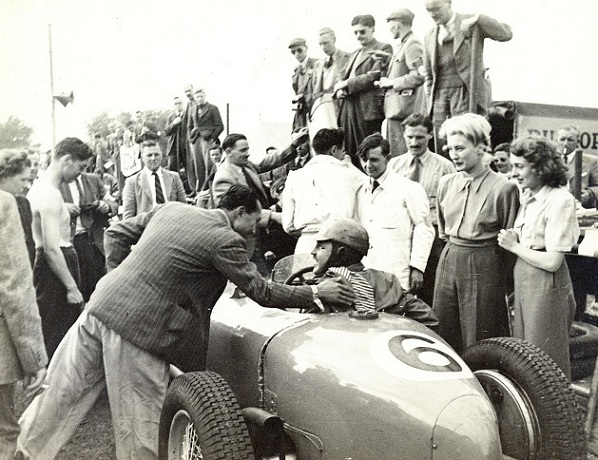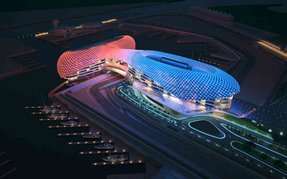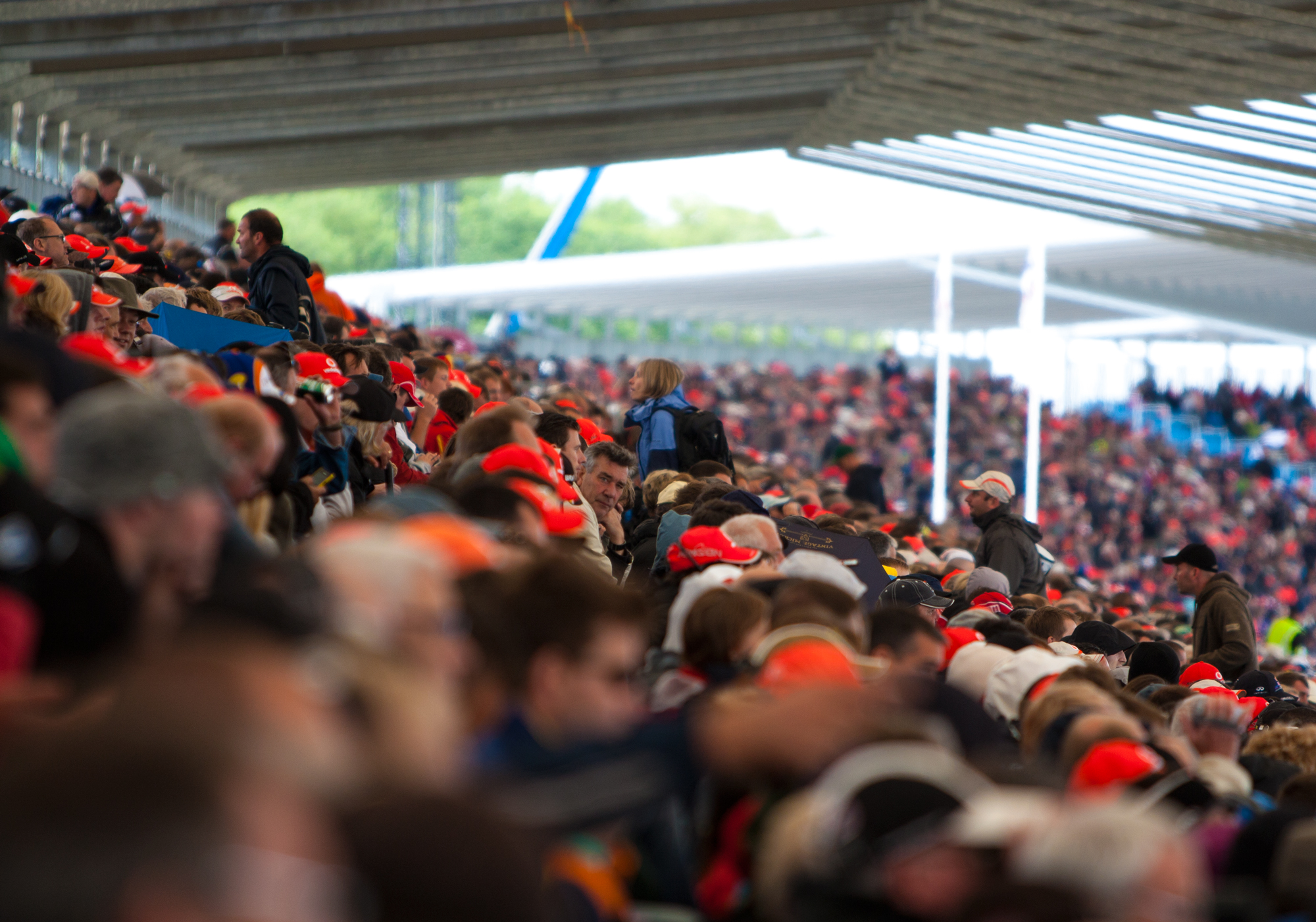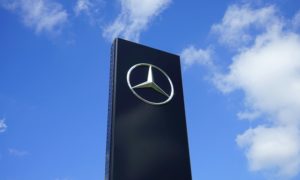How collaboration between F1’s biggest rivals, faith in the wind tunnel, and a little bit of engineering nouse, saved the pinnacle of motorsport from this…
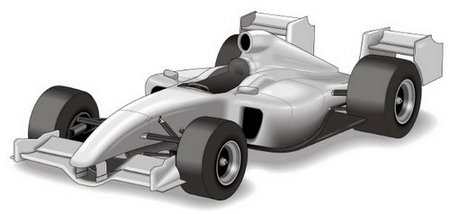
Presenting a unified front isn’t something that comes naturally to Formula One. Only a year ago the sport found itself entrenched in the controversy and intrigue of ‘spygate’, while political wrangling between the rule makers and rights holders one year on, not to mention some unpopular decisions on the track, have done little to repair Formula One’s elitist and discordant image.
So when three of the sport’s biggest rivals Ferrari, Renault and McLaren engaged in an unprecedented display of collaboration to develop the 2009 aerodynamic regulations, Formula One’s opinion formers took notice.
Expertly told by David Tremayne of the Independent and GrandPrixPlus, and this is the tale of how Ferrari man Rory Byrne, Renault’s Pat Symonds and Paddy Lowe of McLaren put aside the immediate rivalries of their respective teams to work for the common good of Formula One.
The overtaking question
The lack of overtaking, caused by the aerodynamic disruption that comes from following in the wake of increasingly intricate car designs has long been a concern. The problem reared its head again this year after new venues in Valencia and Singapore provided little in the way of overtaking opportunity prompting criticism that the sport’s entertainment value has become too dependent on the deployment of safety car.
An Overtaking Working Group (OWG), compromising the aforementioned designers, was set up in 2006 to investigate the issue and develop new aerodynamic regulations for 2009.
Byrne, Symonds and Lowe were quick to identify the scope of problem: the aerodynamic disadvantage from following the car in front needed to be reduced, but not to the extent that it nullified the challenge.
“Great overtaking,” Lowe explained to Tremayne, “is appreciated most where the guy has really worked for it. My personal favourite was when Mika Hakkinen passed Michael Schumacher at Spa in 2000 as both of them overtook on either side of Ricardo Zonta going up the hill to Les Combes.”
The working group agreed on an initial target of making the cars around five seconds a lap slower by reducing downforce levels by 50%. They had to account for technological advances in the intervening years as well as the introduction of slick tyres.
The trio then set about quantifying the exact figures behind the overtaking problem by using empirically sourced information from McLaren’s F1 simulator. The working group calculated that at the old Barcelona circuit, with a fast corner leading on to the main straight, the driver in a following car needed an advantage of two seconds a lap in order to have any chance of overtaking into the first corner.
That advantage was reduced to 1.5 seconds once downforce levels had been halved. And when the group began to model ways of maintaining the balance of the following car, the overtaking advantage was reduced to a second, which the designers agreed was acceptable.
Once this initial modelling in the simulator had been completed the next step was to develop the aerodynamic configuration that would deliver the desired effect. Various components were tested in a process that involved going back and forth between the wind tunnel and the simulator where Pedro de la Rosa’s subjective feedback ensured empirical validation.
2009 Aero Regulations
The final aerodynamic configuration hit the sweet spot and was approved by the Technical Working Group in October 2007 for introduction in 2009:
- Aerodynamic attachments such as deflectors, winglets, flip ups and chimney’s will be banned which will reduce the overall downforce levels significantly, although the introduction of slick tyres will increase mechanical grip;
- The rear wings will be smaller and higher while the front wings will be wider to reduce the loss of downforce when following another car;
- and for the first time in the sport’s history the front wings will also be adjustable by the driver while racing to help retain the balance of the cars while in the turbulent air.
Two-part CDG rear wing
In addition to developing an empirically sound model for tackling the overtaking problem, the research carried out by the working group also exposed fundamental flaws in the FIA’s original solution, the two part CDG rear wing (pictured above).
The CDG wing was developed by former Simtek and Renault Engineer Nick Wirth using computational fluid dynamics (CFD) as opposed to the tried and tested approach that the working group adopted using the wind tunnel and simulator.
The basic principal was sound enough: the wing aimed to reduce the aerodynamic turbulence in the resulting slipstream. The vortices of the inner ends of the two wings would generate a downwash in the centre of the car, the theory being that the following car could get into that downwash and improve its own downforce.
However, the working group identified that it was not possible to use CFD technology to fully understand the turbulence behind the car. Among other things, it is difficult to calculate the extent that the following car could trail around corners and stay in the central downwash.
The key to the new aerodynamic regulations was understanding the airflow behind the car, and for that reason the working group adopted an approach that involved going back and forth between the wind-tunnel and Pedro de la Rosa’s subjective feedback from the simulator.
The teams had already expressed serious misgivings about the CDG wing and the research carried out by the overtaking working group sealed its fate.
The future of regulation
Aside from the unanimous approval that the new aerodynamic proposals received, the result marked the first time that regulation changes had been made on the basis of sound scientific research that quantified the airflow problems using precise figures.
“Almost all of the attempts to reduce downforce in the recent past have been retrograde in terms of overtaking possibilities and wake behaviour,” one working group representative observed to Tremayne. “If we had wanted to make overtaking chances worse, that’s what we would have come up with…”


